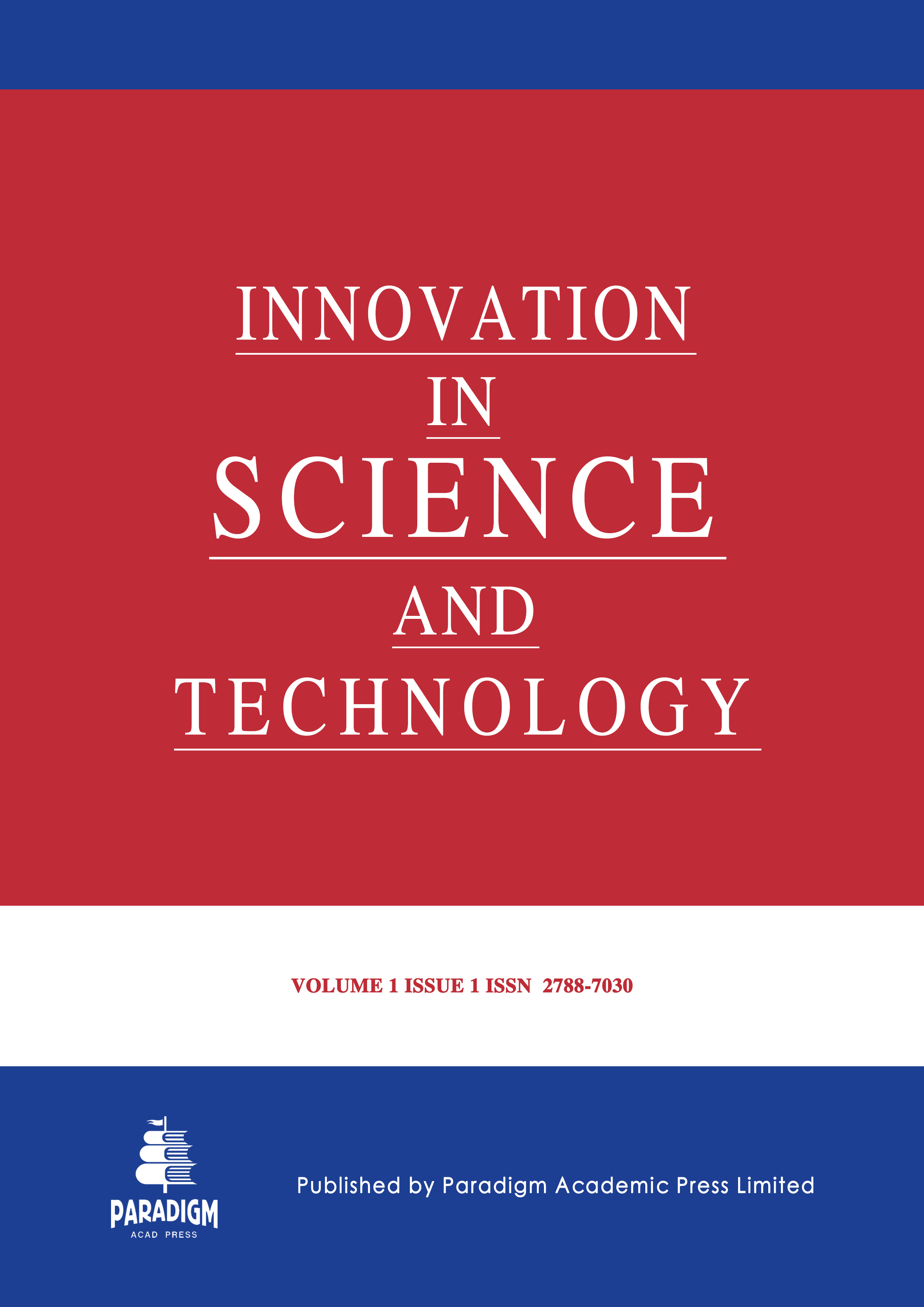Oral Hypoglycaemic Agents: Non-Insulin Medications for Type 2 Diabetes Patients
Keywords:
oral hypoglycaemic drugs, Metformin, SulfonylureasAbstract
Among type 2 diabetes (T2D) patients, oral medications are called oral hypoglycaemic agents (OHAs), which are preferred over injections due to convenience and acceptability. These are a group of drugs that have been used successfully worldwide for controlling T2D patients to reduce the high blood sugar. These can be classified as either hypoglycaemic agents, such as sulfonylureas and benzoic acid derivatives or antihyperglycaemic agents, such as Biguanides, α-glucosidase inhibitors, and Thiazolidinediones. Most of these stimulate β-cells of the Islets of Langerhans within the pancreas to produce insulin. These should be taken at about the same time every day according to the advices of physician. The most common side-effects of OHAs are hypoglycaemia and weight gain.


